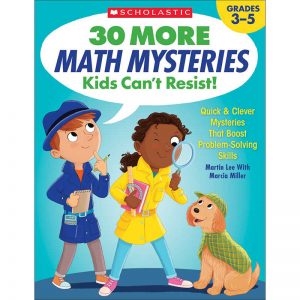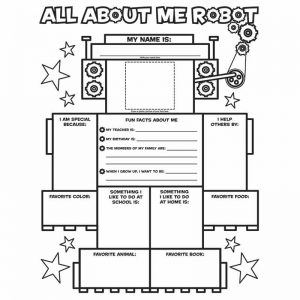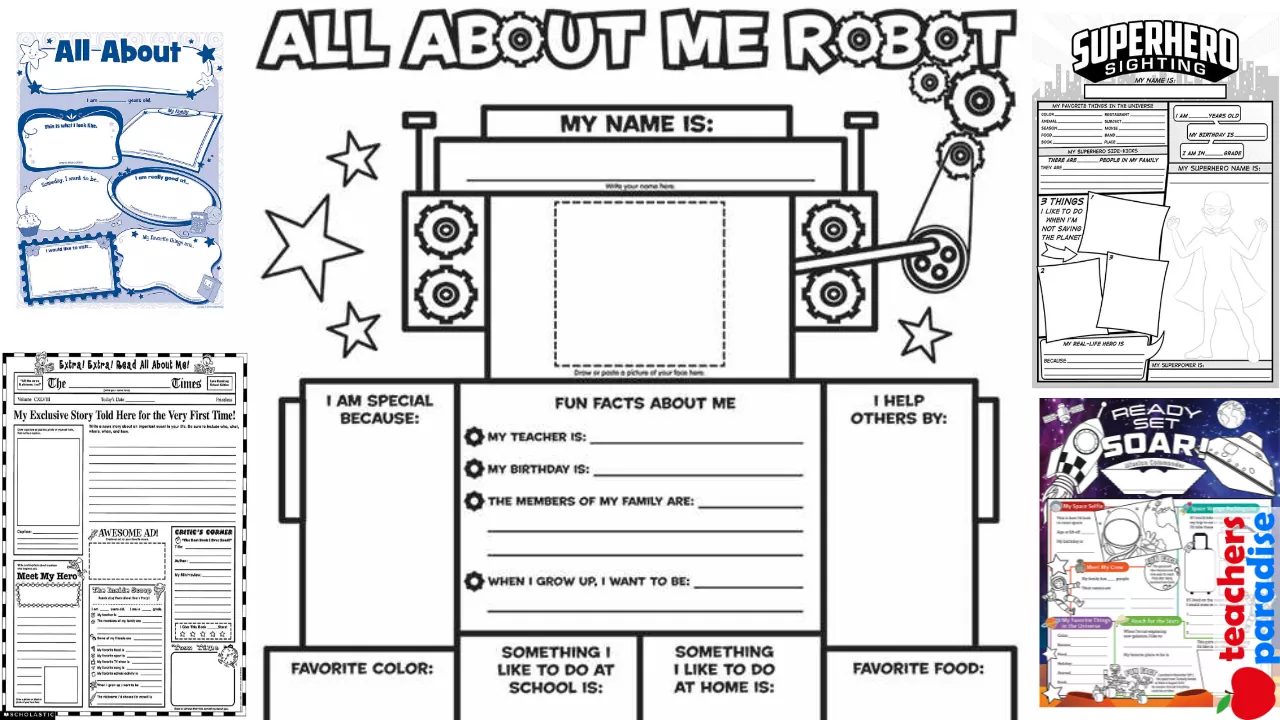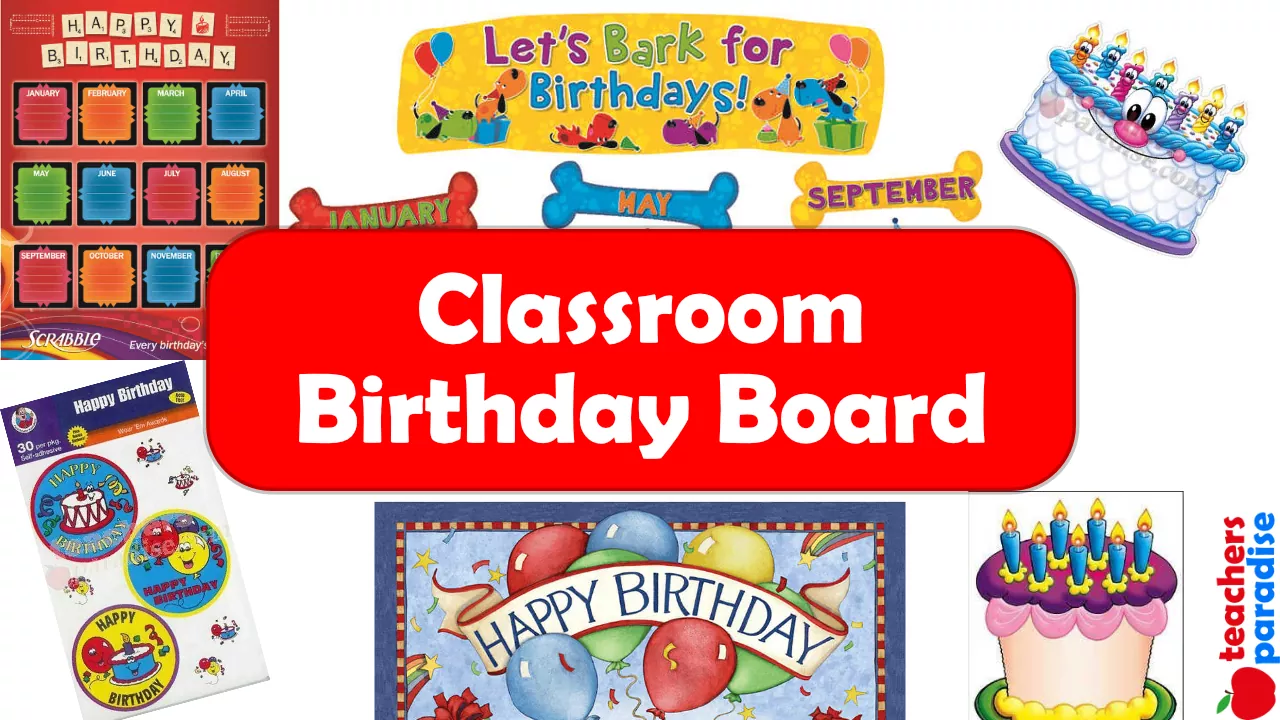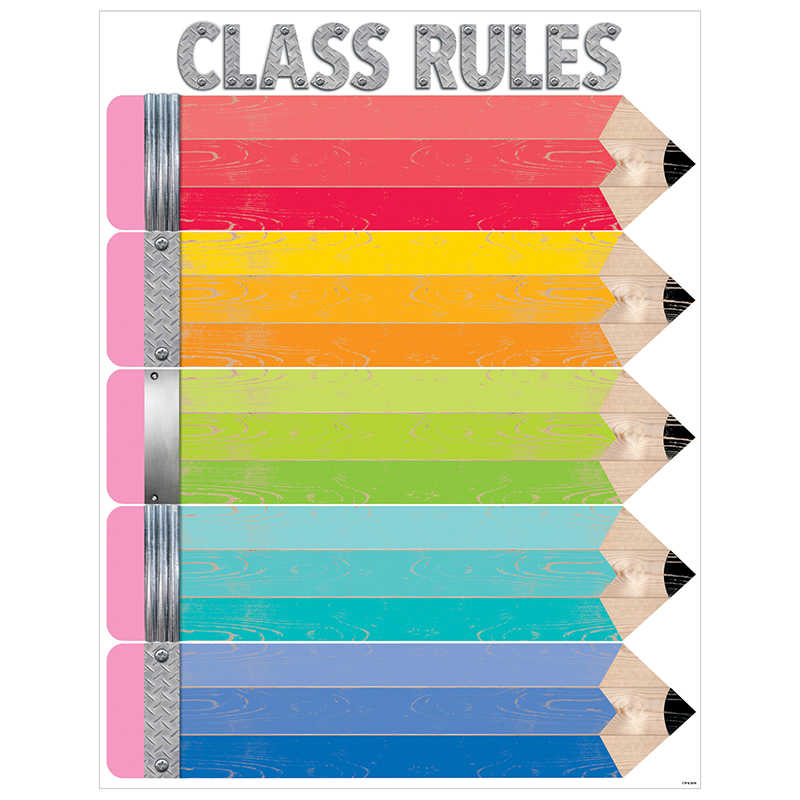Star Word Wall
Purpose:
In order for students to become independent readers and writers, they need to learn the most frequently used words, many of which have irregular spellings. A word wall is a useful way for children to access new words and to become confident in their ability to copy, and eventually internalize, word spelling.
Skills:
• Spelling
• Alphabetizing
• Building sight word recognition
Materials:
• Card for each letter of the alphabet with a picture that illustrates each sound (A/apple, B/ball, etc.)
• Large bulletin board or wall space
• Index cards or short sentence strips
• Bold black marker
• Thumbtacks or tape
• Shoebox to hold unused words
• Large star stickers (optional)
WORKSHEET & Sample PDF Activity
Sample PDF Activity
Do This:
- Create the Star Word Wall by placing the cards for each letter of the alphabet on the bulletin board or wall, leaving space underneath each.
- Make a list of frequently used words. (See list on page 14.)
- Write each word on an index card or a sentence strip using a bold black marker. Students should be able to read the words clearly from across the room.
- Affix a star sticker to each card or strip, if you’d like.
- File the words alphabetically in a box so that you can access them easily throughout the year.
- Choose four words each week. Emphasize these words throughout the week during different activities. Have students read the words together, spell them aloud, and make sentences using the words in context.
- Place each of the four words under the appropriate letter on the word wall, for children’s reference throughout the year.
- Begin the next week by introducing four new words. By the end of the year you will have taught more than 120 new words!
Part 1 : Language Arts
Tips for Success:
• Spend the first four weeks of school demonstrating how to use the word wall. Say, for instance, “Listen for the first sound in the word, find that letter on the top of the word wall, and look at the words beneath that letter.” This may be difficult at the beginning of the year when some children do not yet have a solid sound/symbol correspondence. Be patient. Model how you would refer to the word wall to spell a word when you are writing on the chalkboard.
• To involve parents, tell them which four words you’re introducing that week and ask them to review the words at home.
• Choose each week’s star words in a meaningful way. If you are studying the “silent e” rule, you might choose the words “like,” “time,” “make,” and “came” in the same week to reinforce your phonics lesson. Similarly, you will want to group words with irregular spellings so that they make more sense to students, such as “some/come,” “find/kind,” or “would/could.”
• Remember that even at the end of the year, there will be students who have not mastered all the 100+ words that were taught. Mastery of the most common words should be a goal for all students. Exposure to the rest is a helpful head start for the following grade.
Why I Like This Activity:
I discovered that this activity conveys to students the importance of conventional spelling.
I would not expect them to look up words in a dictionary, but I would expect them to use the word wall, which teaches beginning dictionary skills. As each word on the word wall becomes familiar, students are made accountable for spelling the word correctly in their own stories. When children begin to edit their stories, they are responsible for correcting misspelled star words.
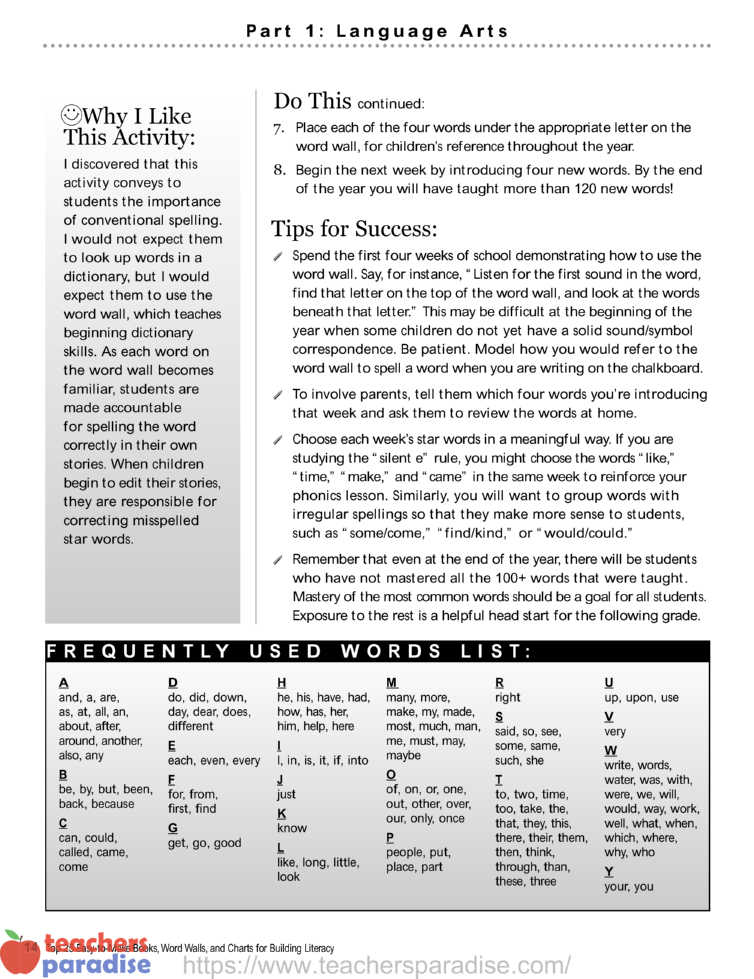
FREQUENTLY USED WORDSLIST:
A
and, a, are, as, at, all, an, about, after, around, another, also, any
B
be, by, but, been, back, because
C
can, could, called, came, come
D
do, did, down, day, dear, does, different
E
each, even, every
F
for, from, first, find
G
get, go, good
H
he, his, have, had, how, has, her, him, help, here
I
I, in, is, it, if, into
J
just
K
know
L
like, long, little, look
M
many, more, make, my, made, most, much, man, me, must, may, maybe
O
of, on, or, one, out, other, over, our, only, once
P
people, put, place, part
R
right
S
said, so, see, some, same, such, she
T
to, two, time, too, take, the, that, they, this, there, their, them, then, think, through, than, these, three
U
up, upon, use
V
very
W
write, words, water, was, with, were, we, will, would, way, work, well, what, when, which, where, why, who
Y
your, you

